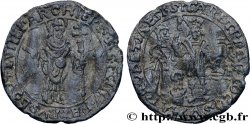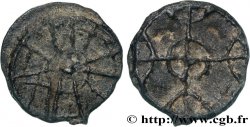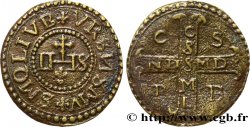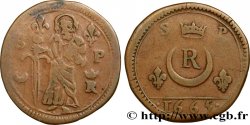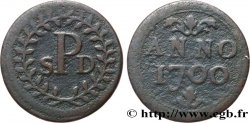fjt_233203 - ROUYER - XI. MÉREAUX (TOKENS) AND SIMILAR COINS Méreau écclésiastique indéterminé en plomb n.d.
Not available.
Item sold on our e-shop (2023)
Price : 280.00 €
Item sold on our e-shop (2023)
Price : 280.00 €
Type : Méreau écclésiastique indéterminé en plomb
Date: n.d.
Metal : lead
Diameter : 27,5 mm
Orientation dies : 12 h.
Edge : lisse
Rarity : R2
Obverse
Obverse legend : IHS.
Obverse description : IHS, dans un cercle de besants, supportant une croix bouletée à l’intersection, sur trois flèches.
Reverse
Reverse legend : IESVS: DE: NAZARET: ROY: DES: IVIFS.
Reverse description : Scène de crucifixion avec au pied de la croix deux personnages auréolés et sur la croix la banderole où devait être écrit INRI si le graveur avait pu aller à ce détail.
Commentary
IHS est l’abréviation de Iesus Hominum Salvator, Jésus sauveur des hommes. INRI est l’abréviation de Iesus Nazarenus Rex Iudæorum , jésus de Nazareth, roi des Juifs.
Les abréviations des légendes en : font penser à une fabrication très ancienne, fin XVe début XVIe.
Les abréviations des légendes en : font penser à une fabrication très ancienne, fin XVe début XVIe.







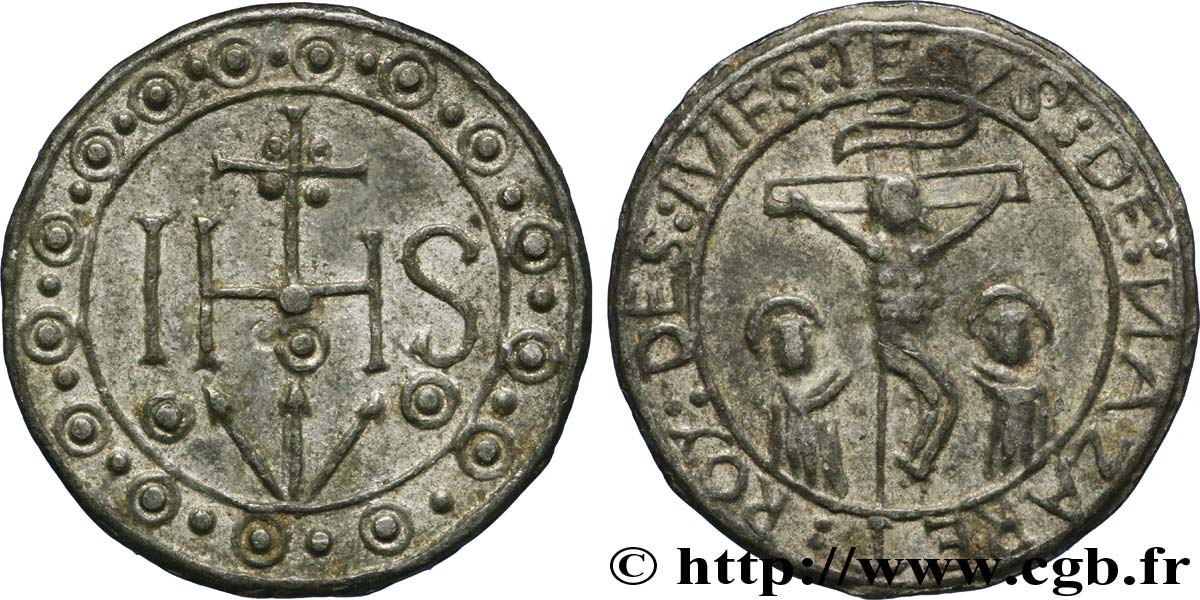
 Report a mistake
Report a mistake Print the page
Print the page Share my selection
Share my selection Ask a question
Ask a question Consign / sell
Consign / sell
 Full data
Full data